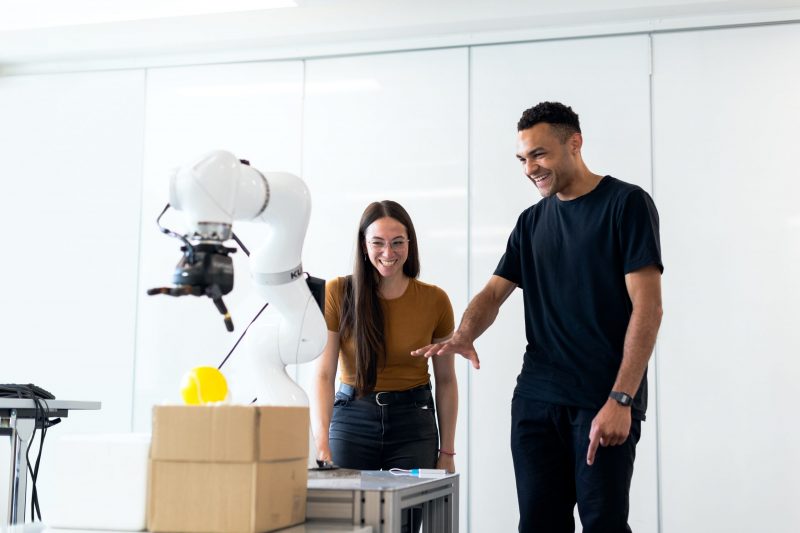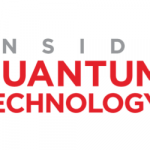Inside Quantum Technology’s “Inside Scoop:” Quantum and Robotics

Society has an historical fascination with robots. From evil machines personified in science fiction movies (like the Matrix) to manufacturing tools to smart appliances, robotics has become an integral part of our culture. The field of robotics itself has an interesting backstory, with the word “robotics” being first coined by science fiction writer Isaac Asimov in 1941. Since then, the robotics industry has exploded, with applications in everything from medicine to defense to driving. Now with the development of quantum technology, robotics could be optimized even further, with possible benefits in better environmental sensing and imaging, as well as faster decision making.
Making a Robot “See” Better
The combination of robotics and quantum technology has been around for a few decades by this point. A 2006 paper published by Cambridge University Press coined the term “quantum robot” as a robotics system that leverages quantum technology for an advantage. According to the paper, the researchers postulated that utilizing quantum sensors specifically, could help a robot to better understand its environment, avoiding obstacles. Even more recent studies corroborate this idea, suggesting quantum sensors could be a key piece of technology influential in developing the next-generation of robots.
Beyond sensing, other experts believe that quantum technology could help improve robot vision. Currently, “computer vision and image recognition algorithms are computationally expensive as they have to compute results on millions of pixels,” explained a 2020 Analytics Insight article. However, quantum technology may be able to avoid these costs through a process known as QIMP (Quantum Image Processing). According to researchers from the Institute of Robotics and Mechatronics, the main idea behind QIMP is that “properties of an image, like the colors at certain positions, can be encoded as qubit-lattices, which are widely accepted and formally extended by many representations and possible applications, including video.” Using QIMP, a robot could process visual input at a faster and possibly more cost-effective rate. This can be helpful for many different types of robots, from a household Roomba to a driverless car. With better vision and sensing, a robotic system can have more data to drive faster and more optimized decision making processes.
The Robotics of Quick Thinkers
In 2021, researchers from the University of Vienna (along with a large collaboration of other institutes) used quantum processors for single photons as a robot in an experiment. From their tests, the team found that their quantum robots had faster decision times for their next moves, speeding up the learning process. According to the first author Valeria Saggio: “The experiment could show learning time is significantly reduced compared to the case where no quantum physics is used.” While this is only one study, the results do suggest some big advantages for quantum technology in robots.
While sensing, sight, and learning are only three aspects that can be optimized in robotics, previous and ongoing research is continuing to show significant benefits by combining these two technologies. Perhaps, with future development, the field of robotics will continue it’s rich legacy by leveraging the possibilities of quantum physics.
Kenna Hughes-Castleberry is a staff writer at Inside Quantum Technology and the Science Communicator at JILA (a partnership between the University of Colorado Boulder and NIST). Her writing beats include deep tech, the metaverse, and quantum technology.





















